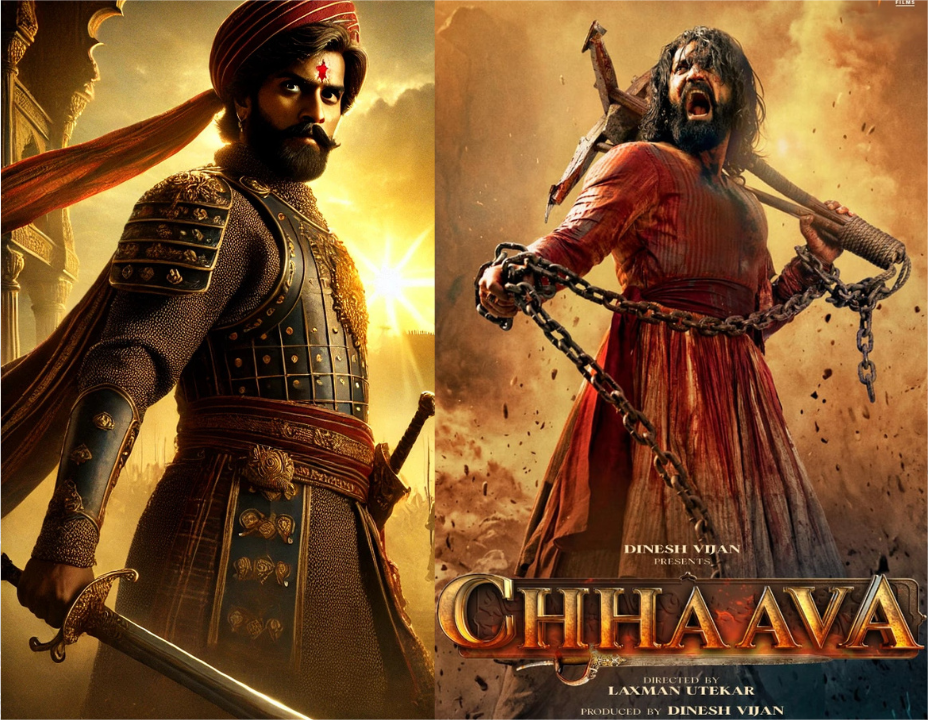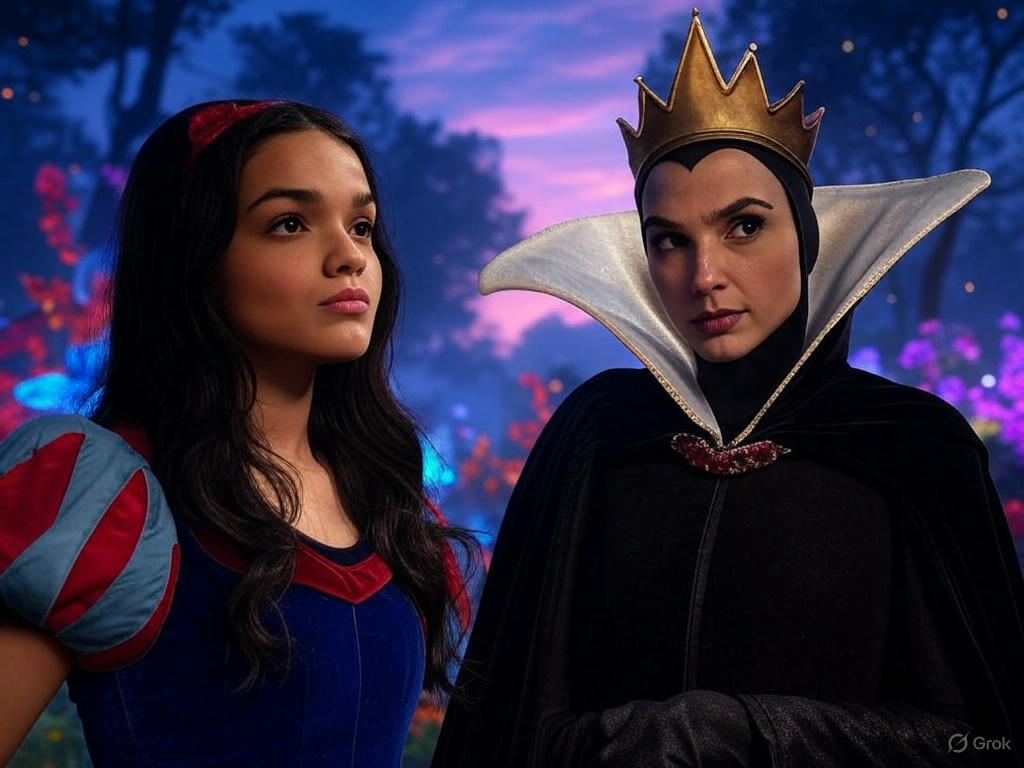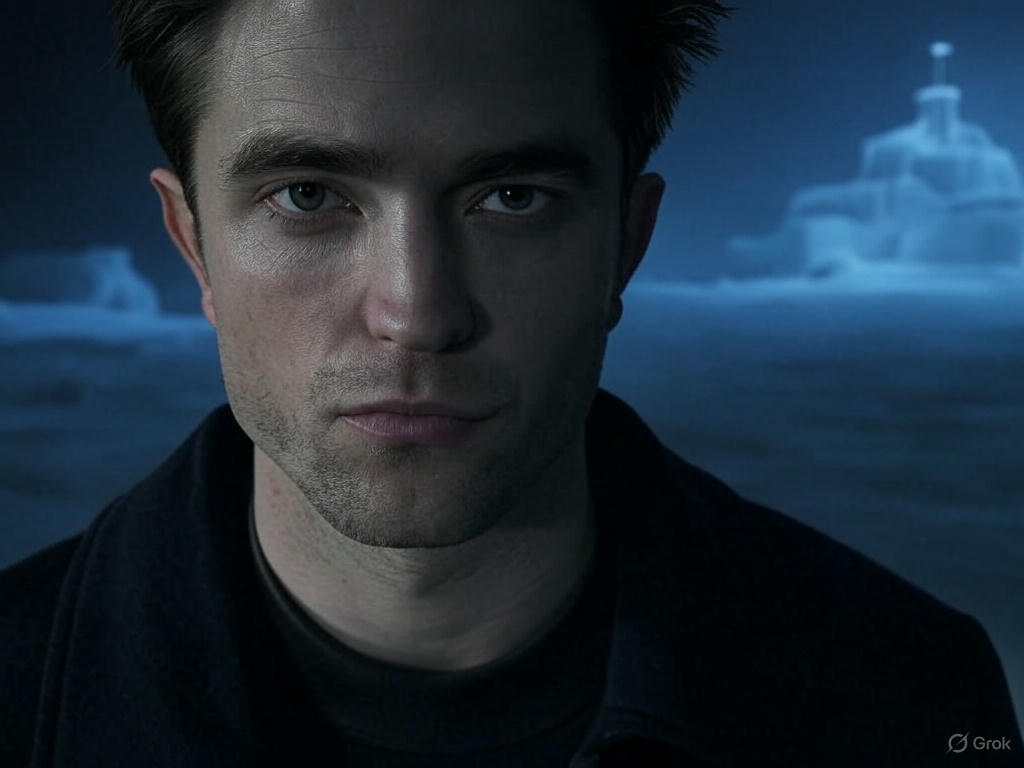
Chaava Movie Review & The Real Story of Aurangzeb
Indian cinema has a long-standing tradition of bringing historical figures to life, and Chaava is no exception. This grand period drama, directed by (Director’s Name), attempts to capture the life and legacy of Chhatrapati Sambhaji Maharaj, the valiant warrior-son of Chhatrapati Shivaji Maharaj. With a story steeped in history, politics, and warfare, the film has the potential to be a historical masterpiece. But does it truly do justice to the legendary figure of Sambhaji, or does it succumb to the melodramatic tropes of Bollywood?
Plot & Execution
The movie chronicles the rise of Sambhaji Maharaj, his battles against the Mughal Emperor Aurangzeb, and the ultimate sacrifice he made in the face of tyranny. Chaava presents him as a fearless yet deeply emotional leader, caught between his sense of duty and personal relationships. The film beautifully explores his relationship with his father, Chhatrapati Shivaji Maharaj, his mother, Saibai, and his wife, Yesubai. These interpersonal dynamics add a layer of depth to an otherwise war-driven narrative.
The execution of the plot is ambitious. The film boasts grand battle sequences that showcase the military prowess of the Marathas. The screenplay is engaging, albeit occasionally weighed down by unnecessary subplots that slow the pace of the movie. The dialogues are a mix of inspiring monologues and high-octane war cries, though some moments lean too heavily into dramatization, making certain emotional beats feel exaggerated rather than natural.
Cinematography & Visual Appeal
Visually, Chaava is a feast for the eyes. The grandiosity of the Maratha Empire is depicted with stunning production design. The cinematography captures the vast landscapes, bustling forts, and chaotic battlefield sequences with remarkable precision. The use of traditional Marathi and Mughal architecture lends authenticity to the setting, transporting viewers back to the 17th century.
The battle scenes, choreographed with meticulous detail, are among the film’s highlights. The sheer intensity of hand-to-hand combat, combined with aerial shots of armies clashing, elevates the film’s scale. However, there are moments where the CGI feels slightly overdone, especially in large-scale war sequences, which may pull the audience out of the otherwise immersive experience.
Music & Background Score
The soundtrack of Chaava complements its grand narrative. The music is a blend of powerful war anthems and soul-stirring melodies, enhancing both action-packed sequences and emotional moments. The background score is effective in building tension, particularly during key confrontations between Sambhaji Maharaj and Aurangzeb. However, a few songs feel somewhat forced into the screenplay, disrupting the narrative flow rather than enriching it.
Performances
- (Lead Actor’s Name) as Sambhaji Maharaj delivers a commanding performance. He embodies both the fiery spirit of a warrior and the vulnerable side of a son, husband, and leader. His transformation from an ambitious young prince to a fierce ruler is depicted with emotional depth.
- (Supporting Actor’s Name) as Aurangzeb is chillingly effective. His portrayal of the ruthless Mughal emperor brings a menacing presence to the film. His calculated expressions and dialogue delivery add an intimidating edge to the character.
- The supporting cast, including (Other Actor Names), contribute significantly to the film. However, some characters feel underdeveloped, particularly the women in the story. Yesubai and other female characters, despite their historical importance, do not receive the depth they deserve.
What Doesn’t Work?
❌ Pacing issues: Certain portions of the movie linger too long on subplots that do not add much to the central story. ❌ Bollywood-style dramatization: Some dialogues and emotional moments feel exaggerated, taking away from the historical authenticity. ❌ Weak character arcs: Some key figures, especially the women in the film, are not explored as deeply as they could have been.
Final Verdict
Chaava is a visually stunning historical drama that tells the gripping tale of courage, sacrifice, and legacy. While it has its share of flaws, including pacing issues and occasional over-dramatization, the film excels in its action sequences, performances, and overall historical intrigue. Fans of epic period dramas will likely appreciate the grandeur and storytelling, though history purists may find some dramatized elements distracting.
⭐ Rating: 3.5/5
The Real Story of Aurangzeb: Beyond the Villainous Image
If history books and Bollywood movies are to be believed, Aurangzeb was the epitome of tyranny—a cruel, oppressive ruler who destroyed temples and killed his own kin. But was he truly the monster he is often portrayed as, or is there more to his story?
Early Life & Rise to Power
Born in 1618, Aurangzeb was the son of Mughal Emperor Shah Jahan. Unlike his father, who was known for his love of art and architecture (hello, Taj Mahal!), Aurangzeb was more interested in military expansion and religious conservatism.
His rise to power wasn’t smooth. He had to battle his own brothers—Dara Shikoh, Shuja, and Murad—to seize the throne. The infamous war of succession ended with Aurangzeb imprisoning his father and eliminating his siblings one by one. Not exactly a warm family reunion!
Aurangzeb vs. The Marathas: An Endless War
One of the biggest challenges to Aurangzeb’s rule came from the Marathas, particularly Chhatrapati Shivaji Maharaj and later his son, Sambhaji Maharaj. Shivaji’s guerrilla tactics frustrated the Mughals, and despite capturing him once, Aurangzeb couldn’t suppress the Maratha rebellion.
After Shivaji’s death, his son Sambhaji took the fight to Aurangzeb, refusing to bow down. Their encounters are legendary, with Sambhaji proving to be a formidable warrior. Ultimately, he was captured and brutally executed in 1689, but his sacrifice only fueled the Maratha resistance further.
Was Aurangzeb Really a Religious Fanatic?
Aurangzeb’s strict Islamic policies are often cited as evidence of his intolerance. While it is true that he reimposed the Jizya tax on non-Muslims and destroyed certain temples, he also patronized Hindu administrators and granted lands to temples. His rule was more about political pragmatism than sheer religious zealotry.
Interestingly, many of his top generals and allies were Rajputs, proving that his governance was not entirely anti-Hindu. However, his rigid religious views and economic policies did alienate many, leading to increased rebellions across the empire.
Conclusion: Two Titans, One Legacy
Both Chaava and the real-life history of Aurangzeb remind us that history is rarely black and white. While the movie showcases the bravery of Sambhaji Maharaj against the Mughal empire, Aurangzeb’s story proves that power is often accompanied by conflict, betrayal, and unintended consequences.
Would you watch Chaava for its historical drama, or do you think Bollywood needs to improve its portrayal of history? Let us know in the comments! 🎥🔥



